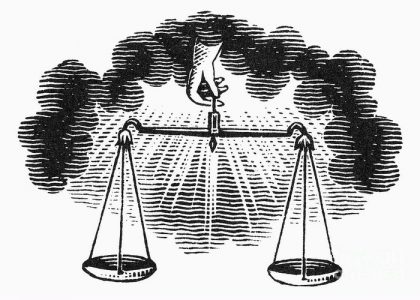Earlier this week a student group linked to the University of Wisconsin-Madison Homecoming Committee launched a homecoming video in which they celebrated being “in a state of Wi” (an obvious play on words for the abbreviation of the state of Wisconsin). However, the video seemed to lack any minority representation, with all but one or two students shown in the video being white. Senior Payton Wade reported that video shot as part of the project that she was involved with wasn’t used in the final video, even though she was assured that it would be. Wade said in social media posts that she and other members of the historically black sorority she is a part of, the Epsilon Delta Chapter of Alpha Kappa Alpha, were asked to participate in the video. “Not only did we tell them what we thought home was but we also took hours out of our day to film as well and were told we would be in the video and notified when it was completed,” she said. “Being Black at this school is a daily struggle both mentally and physically,” Wade explained. “It is hard to have pride for a school where you know you are not wanted and where they obviously do not consider this our home as well.”
Student reaction was swift. Anthony Wright, a 2015 graduate of UW-Madison said in a tweet, “Y’all can’t hire folks who are doing the editing and outreach that maybe share some of the identities missing from this video who could call out how this missed the mark? Is your staff diverse? Even if they aren’t, shouldn’t we be able to see this video isn’t?” Interestingly, a voiceover in the video claims, “we represent 127 countries and all 50 states. We have broken barriers, made changes and can say that home is forever and always where we are.” The university’s Homecoming Committee issued an apology (shown below), but pulled the video from its social media accounts.

This case recalls the UW-Madison 2001 admissions brochure in which an African-American student was Photoshopped into an image of white students attending a game at the university’s stadium. What is it that leads to, as former student Wright asks, this video “not being called out” presumably in the production process before it even gets launched? How is this video similar to the 2001 brochure case? In what ways is it different?
Sources: dailymail.co.uk; nbcnews.com
